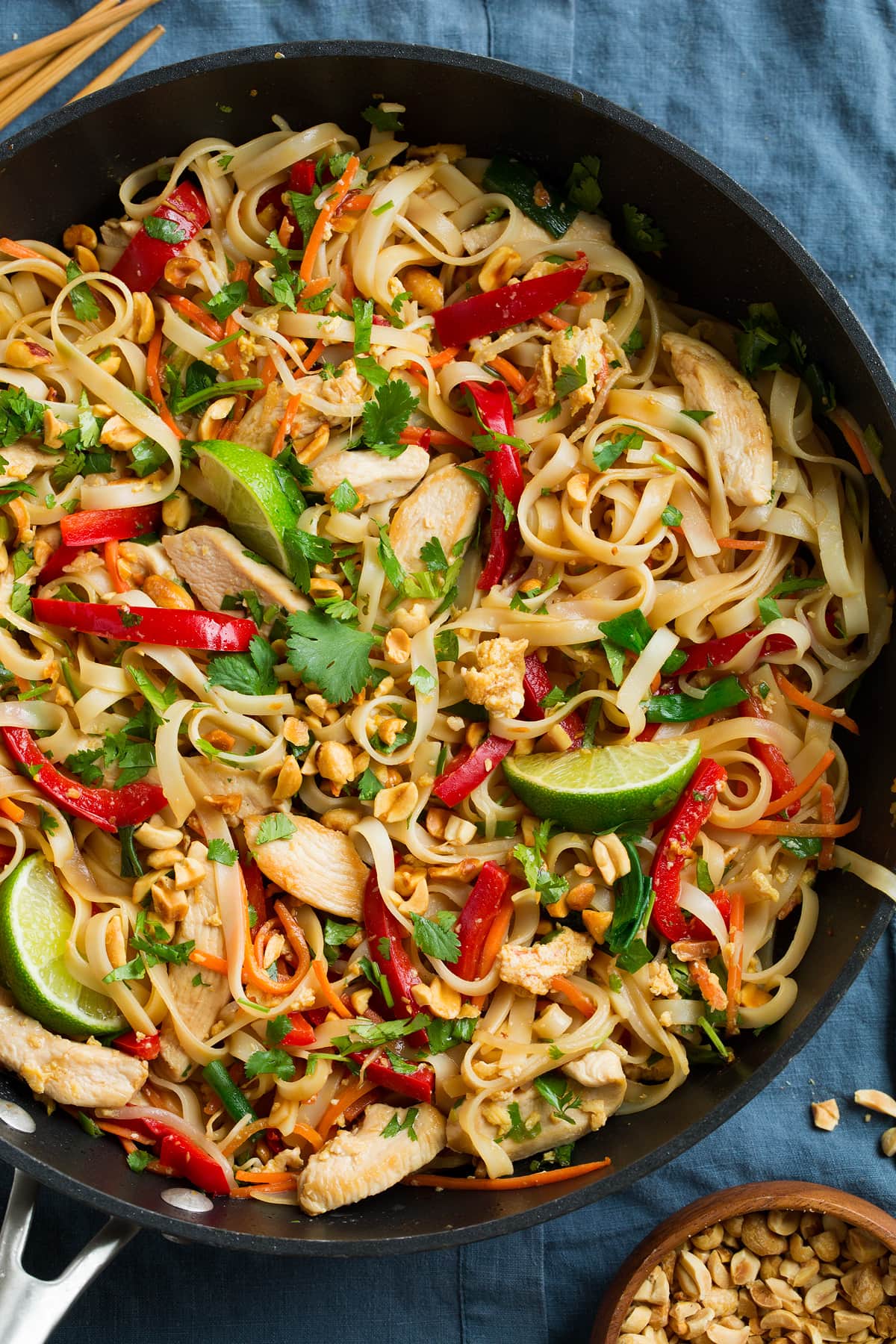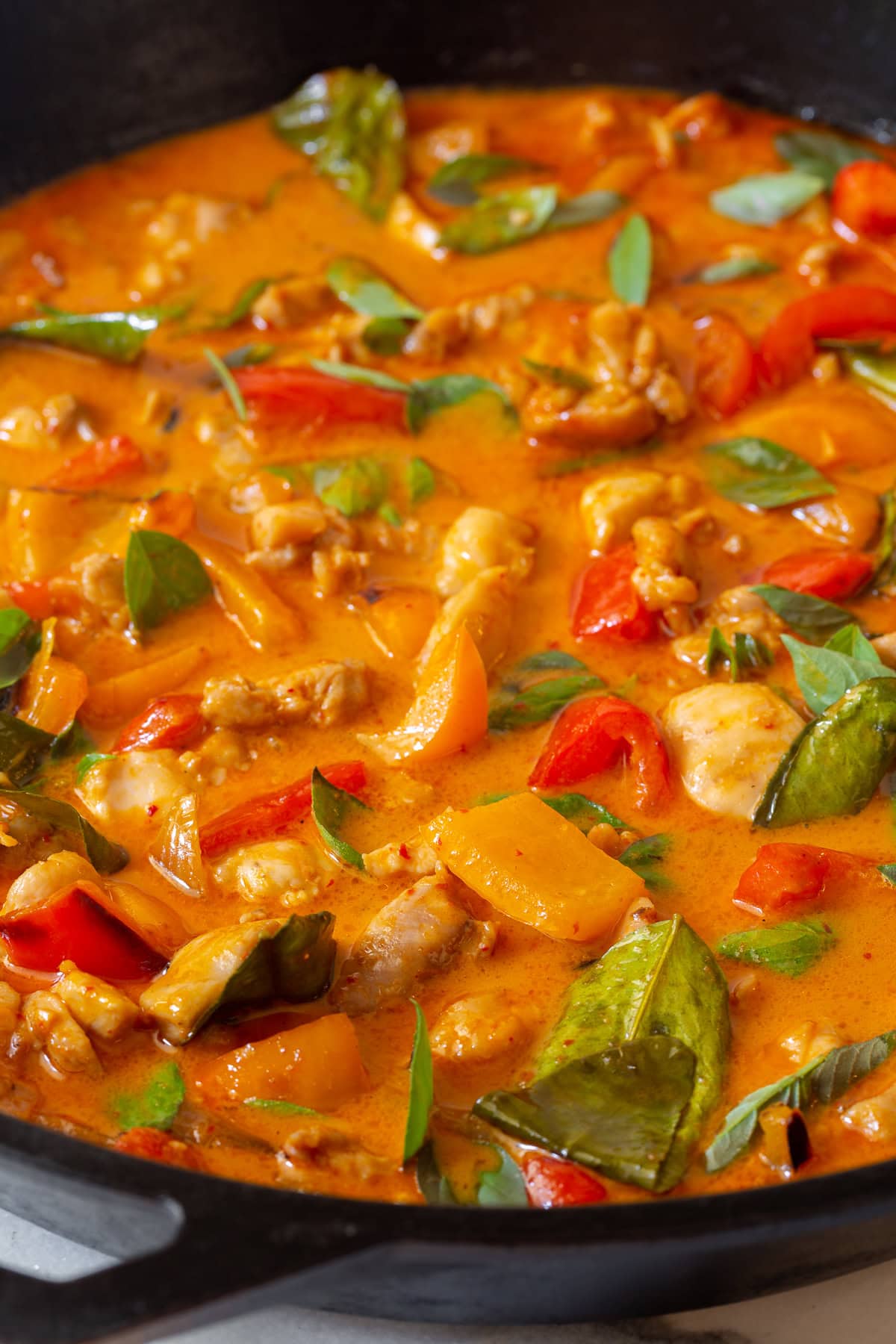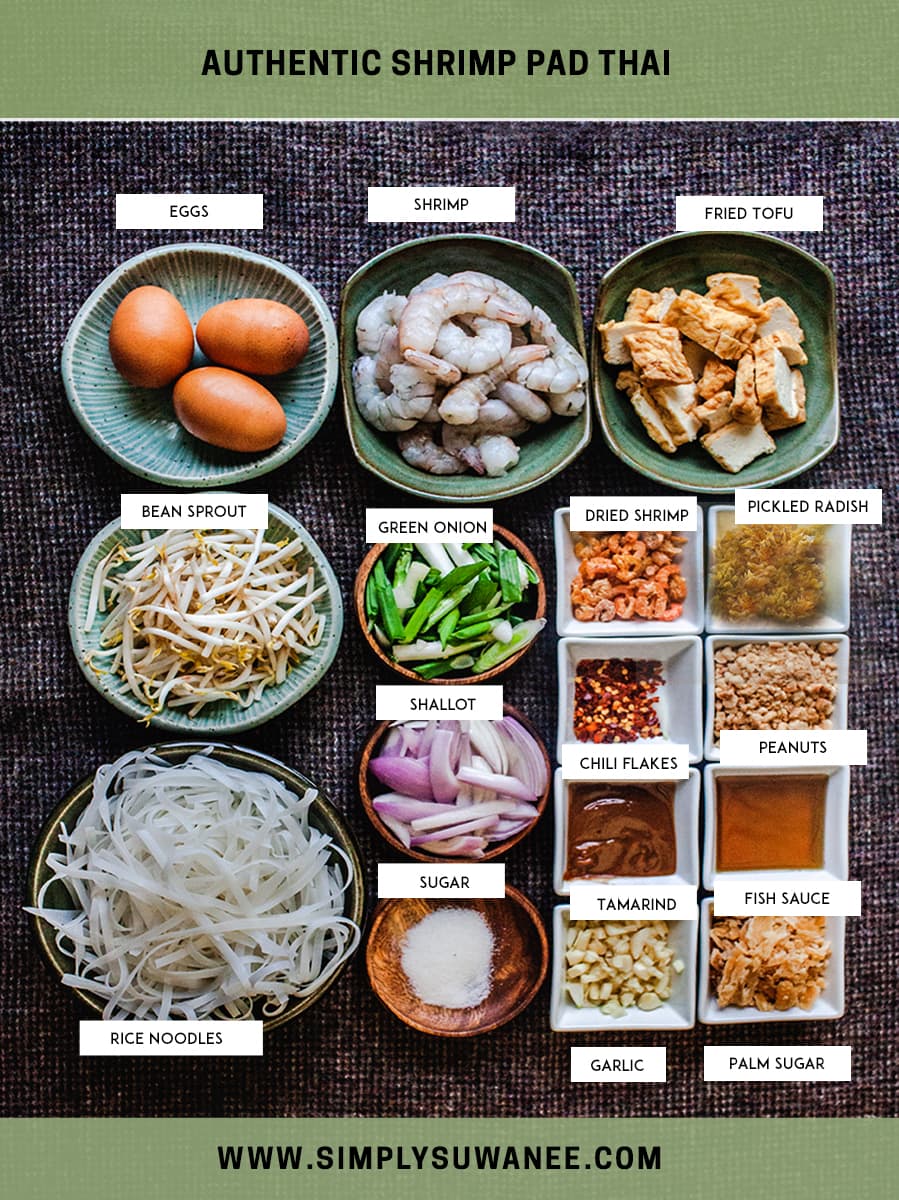How to Make Traditional Thai Pad Thai Noodles with Shrimp

Imagine the tantalizing aroma of sizzling shrimp, the vibrant colors of fresh vegetables, and the comforting warmth of perfectly cooked noodles. This is the essence of traditional Thai Pad Thai noodles with shrimp, a dish that has captivated food enthusiasts worldwide. Whether you're a seasoned chef or a novice in the kitchen, this authentic Thai recipe is sure to impress. Let's dive into the world of Thai cuisine and discover how to create this iconic noodle recipe.
Introduction to Pad Thai
Pad Thai is a quintessential Thai shrimp dish that combines the best of Thai flavors—sweet, sour, salty, and spicy. Originating from the bustling streets of Bangkok, this noodle recipe has become a global sensation. The key to a perfect Pad Thai lies in the balance of flavors and the freshness of ingredients. So, let's gather our Pad Thai ingredients and get started!
Gathering Your Pad Thai Ingredients
Before we begin, ensure you have all the necessary ingredients on hand. Here's what you'll need:
- Noodles: 200g of rice noodles (medium thickness)
- Protein: 200g of fresh shrimp, peeled and deveined
- Vegetables: 1 cup of bean sprouts, 1 small bunch of Chinese chives or green onions, 1 small carrot (julienned)
- Aromatics: 2 cloves of garlic, minced, 1 small shallot, finely chopped
- Sauce: 3 tbsp of tamarind paste, 2 tbsp of fish sauce, 1 tbsp of palm sugar, 1 tbsp of white vinegar
- Garnishes: 1 lime, cut into wedges, 1/4 cup of roasted peanuts, chopped, 1/4 cup of fresh cilantro, chopped
- Oil: 2 tbsp of vegetable oil
- Optional: 1 egg, 1/2 cup of firm tofu (cut into small cubes)

Preparing the Noodles
The foundation of any good Pad Thai is the noodles. Rice noodles are the traditional choice, and they need to be soaked in warm water for about 10 minutes before cooking. This step is crucial to ensure the noodles are soft but not overly soggy. Once soaked, drain the noodles and set them aside.
Cooking the Shrimp
The star of this dish is the shrimp. Start by heating the vegetable oil in a large wok over medium-high heat. Add the minced garlic and chopped shallots, sautéing until fragrant. This aromatic base will infuse the shrimp with a delightful flavor.
Next, add the shrimp to the wok and cook until they turn pink and are cooked through. Be careful not to overcook them, as shrimp can become rubbery. Remove the shrimp from the wok and set aside.
Assembling the Pad Thai
Now, it's time to bring everything together. In the same wok, add the drained noodles, bean sprouts, carrots, and Chinese chives. Stir-fry for a couple of minutes until the vegetables are slightly tender.
In a small bowl, mix the tamarind paste, fish sauce, palm sugar, and white vinegar to create the Pad Thai sauce. Pour this mixture over the noodles and vegetables, stirring continuously to ensure everything is well coated.
If you're using tofu, add it now and stir-fry for another minute. Then, push the noodles to one side of the wok and crack an egg into the empty space. Scramble the egg briefly before mixing it into the noodles.
Return the cooked shrimp to the wok and stir everything together. Cook for an additional minute to ensure all the flavors are well combined.

Serving Your Pad Thai
Your traditional Thai Pad Thai noodles with shrimp are now ready to be served. Plate the dish and garnish with chopped roasted peanuts, fresh cilantro, and lime wedges. The lime adds a refreshing zing, while the peanuts provide a satisfying crunch.
The Art of Traditional Cooking
Traditional cooking is an art that requires patience and practice. The beauty of this Pad Thai recipe lies in its simplicity and the harmony of flavors. Each ingredient plays a crucial role, from the tangy tamarind to the savory fish sauce.
Conclusion
Creating traditional Thai Pad Thai noodles with shrimp is a culinary journey that celebrates the rich flavors of Thailand. From the aromatic garlic and shallots to the sweet and tangy sauce, every element contributes to a dish that is both comforting and exciting.
So, why not try your hand at this authentic Thai recipe? Whether you're cooking for a special occasion or a casual dinner, this noodle recipe is sure to impress. Don't be afraid to experiment with the ingredients and make it your own. After all, the joy of cooking lies in the creativity and the love you put into each dish.
FAQs
Can I use chicken instead of shrimp in Pad Thai? Yes, you can substitute shrimp with chicken. Simply slice the chicken into thin strips and cook it in the wok until it's no longer pink before proceeding with the recipe.
What if I can't find tamarind paste? If tamarind paste is not available, you can use a mixture of lime juice and brown sugar to achieve a similar tangy and sweet flavor.
How can I make Pad Thai vegetarian? To make a vegetarian Pad Thai, omit the shrimp and use tofu as the main protein. You can also add more vegetables like bell peppers or mushrooms for extra flavor and texture.
Can I prepare Pad Thai in advance? While Pad Thai is best enjoyed fresh, you can prepare the ingredients in advance. Soak the noodles, chop the vegetables, and mix the sauce ahead of time to save on cooking time.
What other Thai dishes pair well with Pad Thai? Pad Thai pairs beautifully with other Thai dishes like Tom Yum soup, Thai green curry, or a refreshing mango sticky rice for dessert.
Happy cooking, and enjoy your culinary adventure into the world of Thai cuisine!
0 Response to "How to Make Traditional Thai Pad Thai Noodles with Shrimp"
Post a Comment